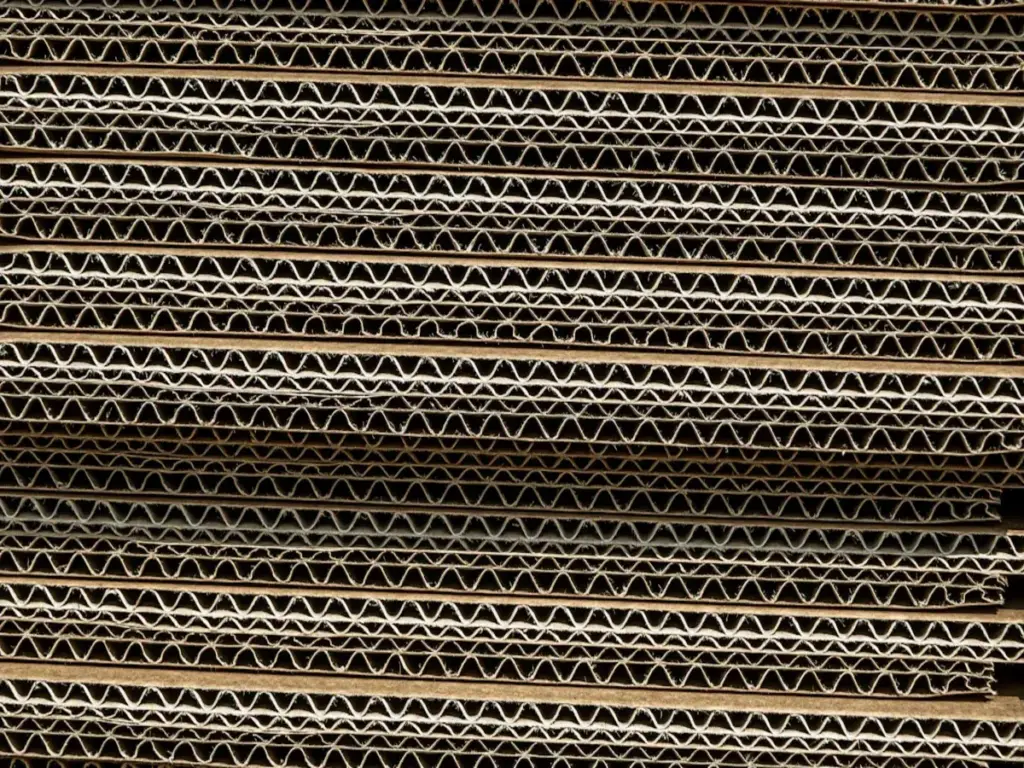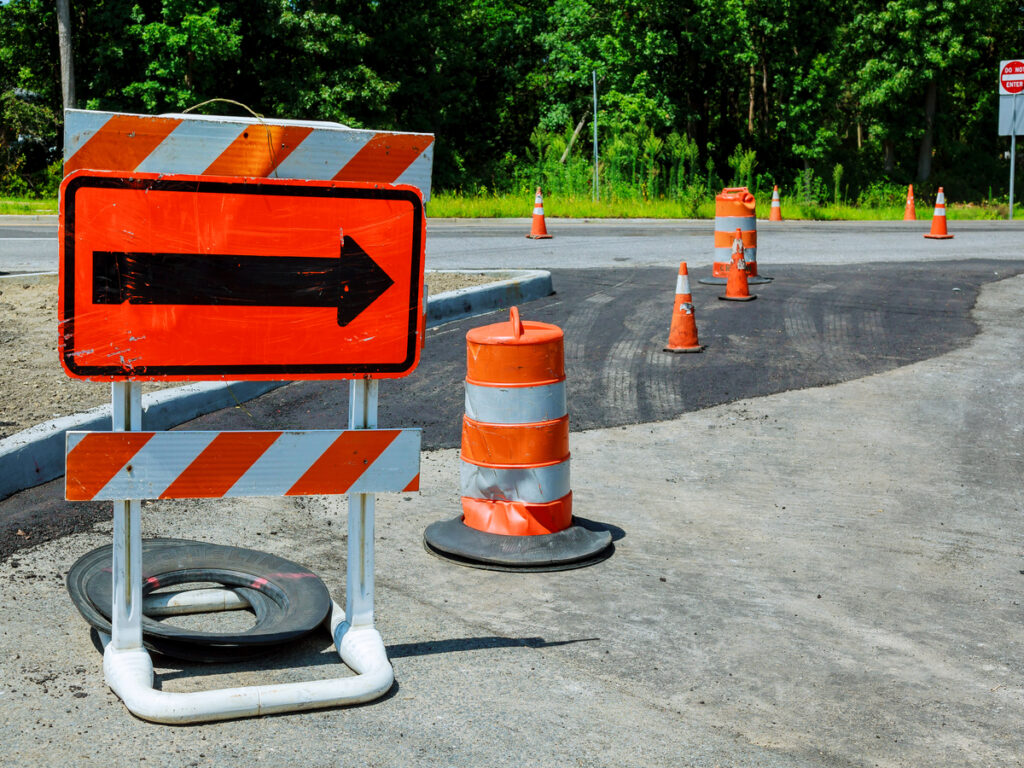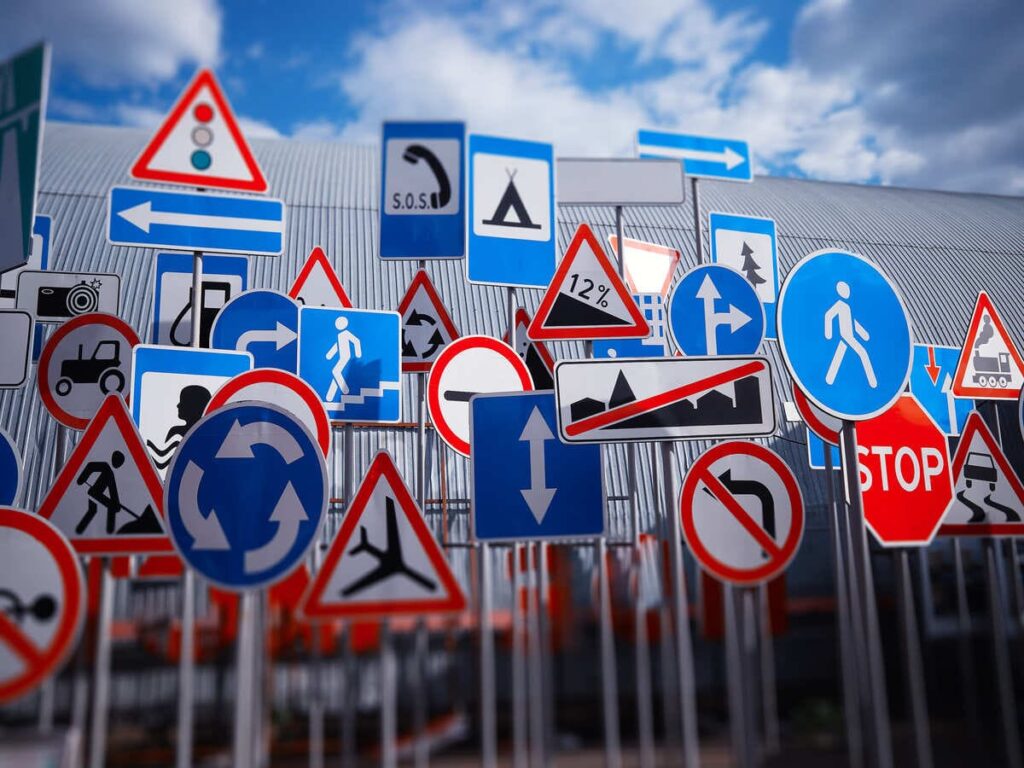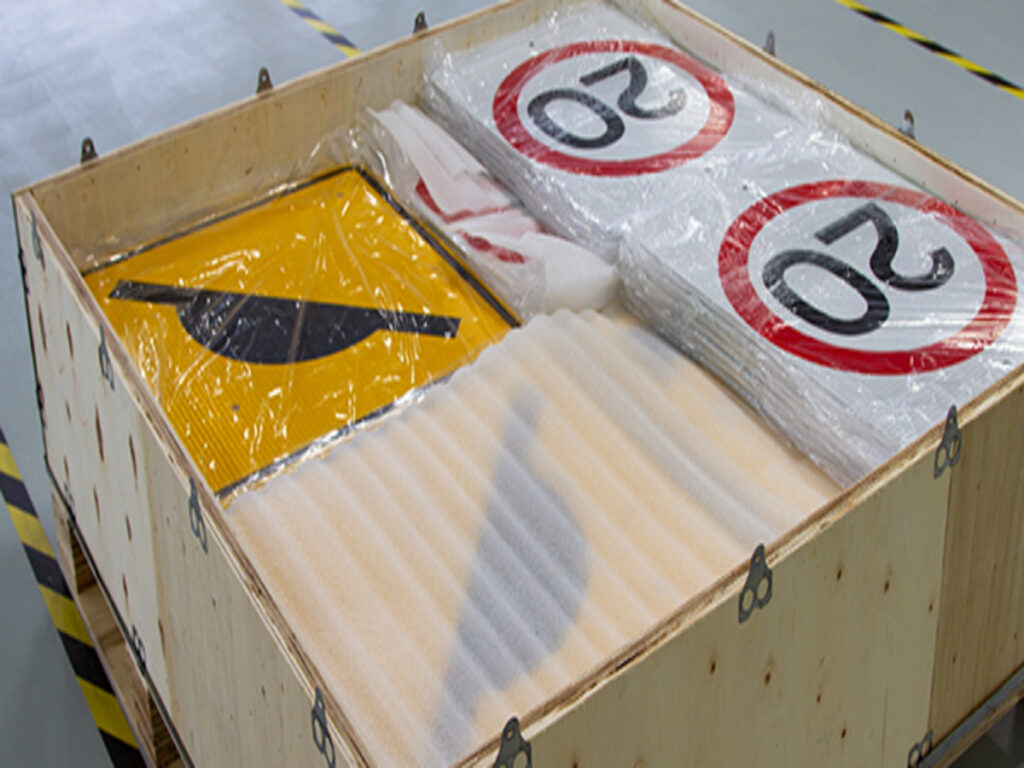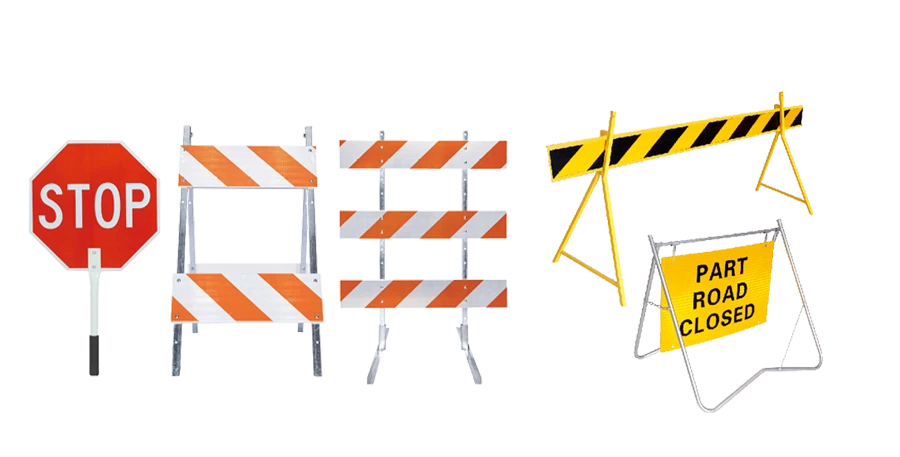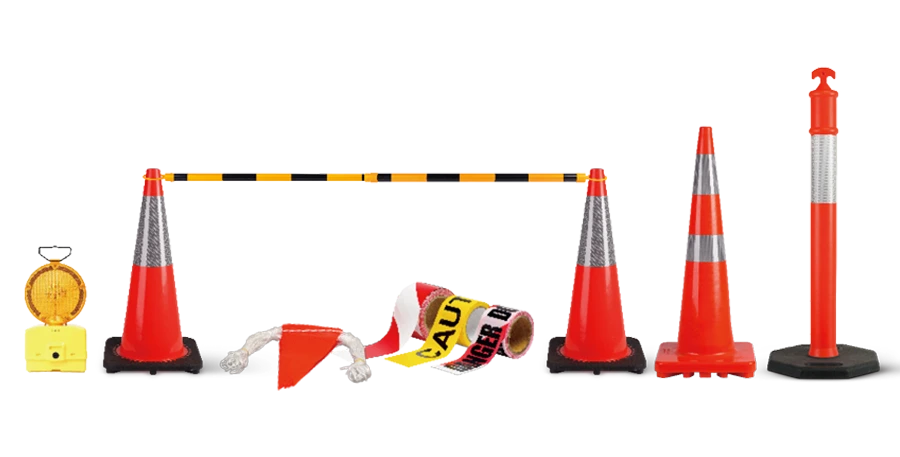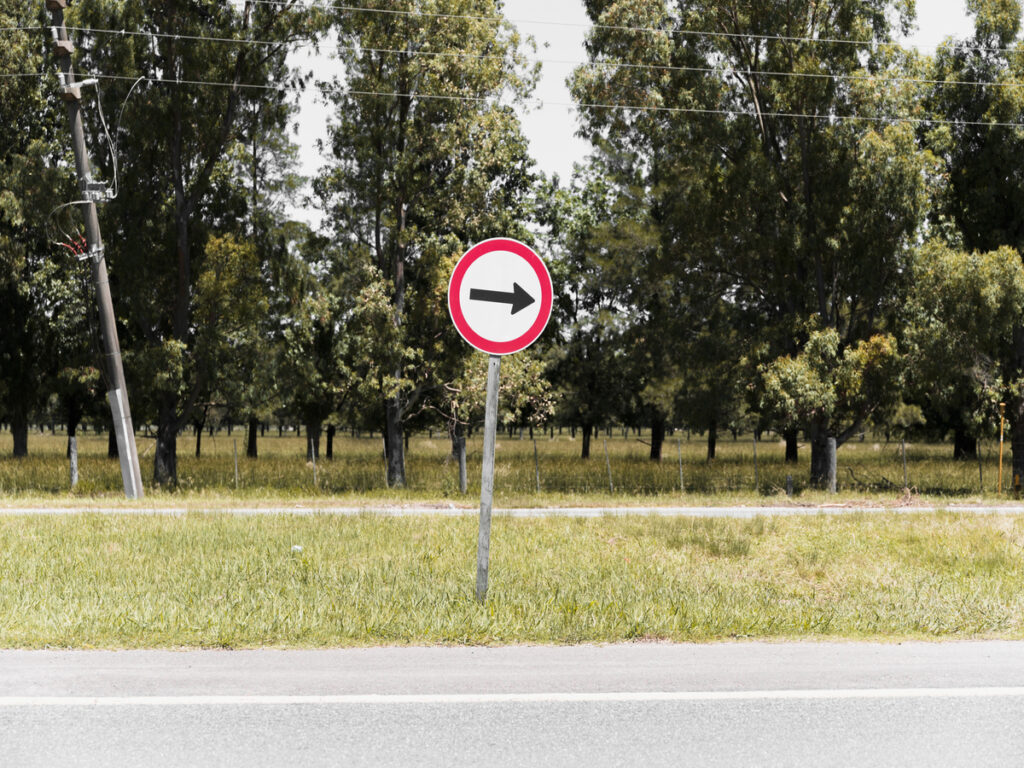
You might not think much about traffic sign holders. But they are very important for keeping roads safe. These holders keep signs steady and easy to see. They work even in tough weather or conditions. As safety rules change, better designs and materials are needed. This leads to new ideas, making holders stronger and greener. Hoy, following these rules helps save lives and the planet. By meeting these needs, sign holders make roads safer and more eco-friendly.
En OPTRAFICO, we’re proud to be part of this progress. OPTRAFFIC traffic sign holders are engineered for durability, cumplimiento, and environmental responsibility—crafted to meet global safety standards while reducing material waste and maintenance costs. Whether for urban roads, carreteras, o zonas de construcción, OPTRAFFIC delivers solutions that combine innovation with reliability, helping governments and contractors build safer, smarter streets for everyone.
Control de llave
- Traffic sign holders are important for keeping roads safe. They hold signs steady so drivers can see them clearly.
- Following safety rules improves sign designs. Estas reglas garantizan que las señales sean fuertes., Fácil de leer, and work in any weather.
- Using eco-friendly materials is common now. Recycled parts help the planet and make signs last longer.
- Smart technology is changing traffic signs. Digital signs show updates instantly, Hacer caminos más seguros y más suaves.
- Spending on new designs now helps with future rules. This keeps signs useful and safe as technology changes.
The Role of Road Safety Rules in Traffic Sign Holder Design
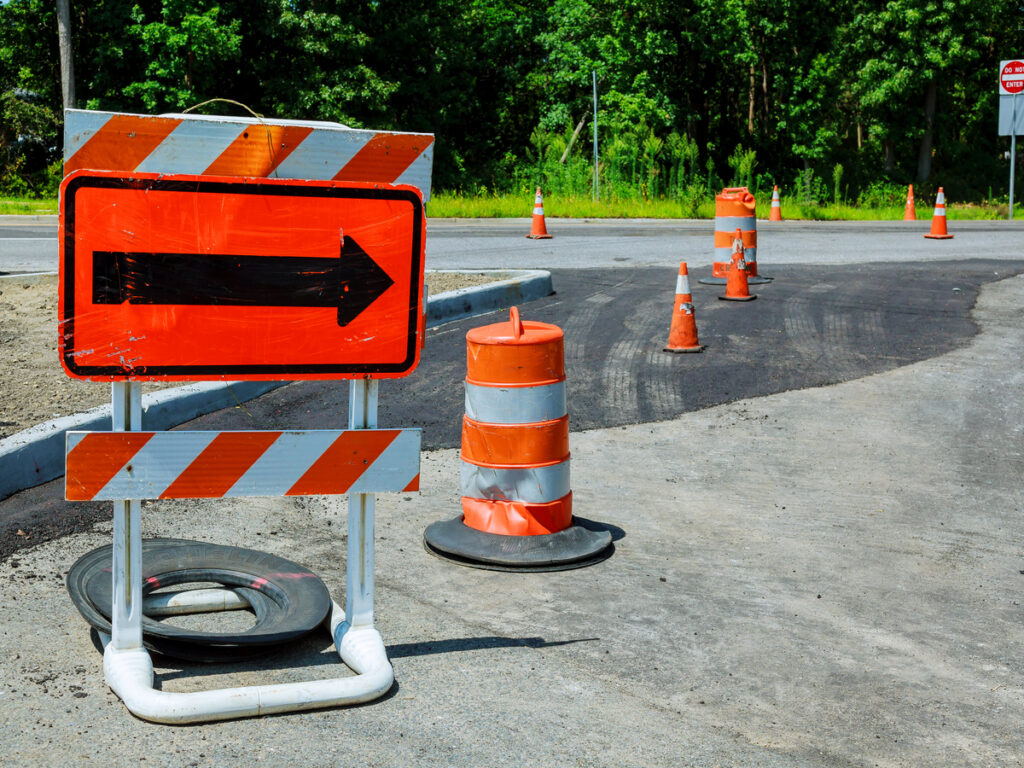
Important rules shaping traffic sign holders (P.EJ., Muescato, EN 12899)
Road safety rules are key to how sign holders are made. En los EE. UU., el Manual en dispositivos de control de tráfico uniformes (Muescato) sets standards. En Europa, EN 12899 does the same. These rules make sure signs stay clear, fuerte, and useful in all weather. MUTCD focuses on making signs bright and easy to see day or night. EN 12899 ensures signs can handle strong winds and bad weather.
These rules also make signs look and work the same everywhere. Cuando viajas, you expect signs to be familiar and easy to understand. This helps drivers stay safe and avoid confusion. Siguiendo estas reglas, makers meet modern road needs and stay within the law.
Why rules are changing: seguridad, tech, y el medio ambiente
Rules change to solve new problems and use better tools. Satellite tech now helps predict and stop accidents before they happen. Smart systems using AI improve traffic flow and warn drivers about dangers. These tools even help in rural areas where safety was harder to manage before.
The need for change is clear when you learn that over 1.19 million people die in road accidents each year. Moving from fixing problems after they happen to stopping them early is crucial. Smart cars with internet connections now share data to make roads safer. This data warns drivers and cities about traffic issues in real time.
Caring for the planet also changes the rules. Governments now want eco-friendly materials in sign designs. Using recycled parts, coatings that block UV rays, and rust-proof features helps signs last longer. These changes protect the earth and reduce how often signs need replacing.
How following rules affects design and making
Following safety rules shapes how sign holders are built. Makers must focus on strength, estabilidad, y visibilidad. Por ejemplo, wind tests make sure signs stay up during storms. Reflective materials help drivers see signs at night. Strong bases keep signs steady in tough conditions.
Meeting these rules often leads to new ideas. Some signs now have parts that snap together easily, haciéndolos ideales para emergencias. Others don’t need tools to set up, ahorrar tiempo y dinero. These updates meet safety rules and make signs easier to use.
Siguiendo las reglas, makers create safer and more reliable products. When you see a sign on the road, you know it passed strict tests. This ensures signs do their job of keeping everyone safe on the road.
Innovations in Traffic Sign Holder Materials
Use of lightweight and strong materials
The materials for traffic sign holders are very important. Hoy, many sign holders are lighter than before. Materials like aluminum and composites make them easy to move. This also makes setting them up safer and faster.
Strength is just as important as being lightweight. These materials can handle bad weather like strong winds and rain. This keeps signs steady and easy to see in tough conditions. By using light and strong materials, makers meet safety rules and improve how signs work.
Adding recycled and eco-friendly parts
Using recycled materials is now a big focus for sign makers. Many holders are made with reused metals and plastics. This helps cut down on waste and protects the environment. The next time you see a sign, it might include recycled parts.
Eco-friendly materials also make signs last longer. Recycled metals often get special coatings to stop rust. This means signs don’t need to be replaced as often. Mediante el uso de materiales verdes, makers follow new rules and help the planet.
Better weather protection and longer-lasting designs
Sign holders must survive all kinds of weather. They face hot sun, Lluvia Pesada, and freezing snow. To protect them, makers use coatings that block UV rays and water. These coatings stop fading and rust, Mantener las señales claras durante años.
Making signs last longer is also important. Strong bases and tough materials keep them standing in storms. This stops signs from falling and causing danger. Centrándose en la durabilidad, makers create safer and more reliable signs.
These improvements make traffic sign holders better at their job. They keep roads safe and lower repair costs, making them a smart choice for everyone.
Structural Improvements in Road Sign Design
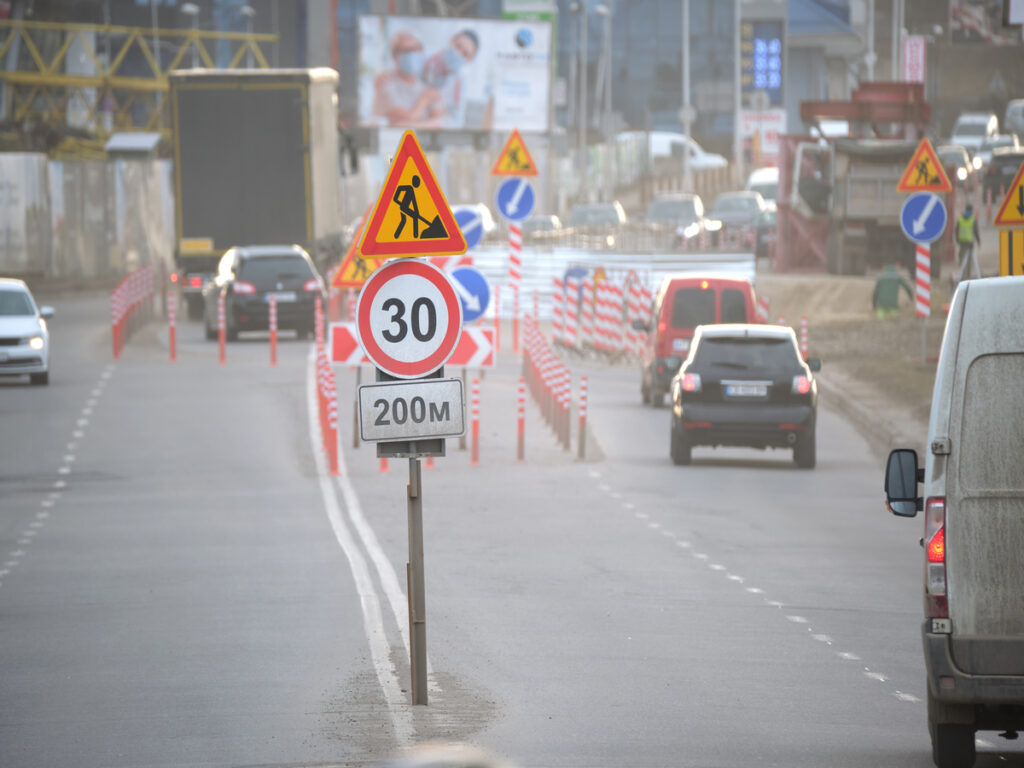
Foldable and modular designs for easy use
New road signs are made to be flexible and useful. Foldable and modular signs can be set up or taken down quickly. They are great for emergencies or temporary road changes. These designs save time and effort, especially during night work or city detours. Modular parts let you change sign layouts to fit road needs. This helps signs follow safety rules.
Foldable signs are light and easy to carry. They work well in small spaces or rough areas. You don’t need tools to put them together, so anyone can do it fast. These updates make road signs easier to use while still keeping drivers safe.
Strong bases for tough weather
Strong bases help signs stay steady in bad weather. Viento, lluvia, and snow can make signs fall or hard to see. Reinforced bases are built to handle these problems. Por ejemplo, special soil structures keep signs upright in storms. They balance weight to stop signs from tipping over.
These bases keep signs from falling, which could confuse drivers or cause accidents. By using strong bases, makers make sure signs work well in all weather.
Better designs for clear visibility
New ideas make signs easier for drivers to see. Signs are placed at the best angles and heights for clear views. Reflective materials and coatings stop glare, helping drivers see at night or in bad weather.
Signs are also spaced out to avoid too much information at once. This helps drivers focus and make quick choices. These changes make road signs simple to understand and safer for everyone.
The Push for Smart Traffic Solutions
Traffic sign holders in smart city infrastructure
Smart cities use technology to make life better for everyone. Traffic sign holders are now part of this change. They hold digital signs that show live updates for drivers and walkers. These signs share traffic news, cierres de carreteras, or weather alerts. This helps people stay safe and make better choices on the road.
Traffic sign holders in smart cities work with other systems. They connect with smart traffic lights and cars to improve traffic flow. Haciendo esto, they help reduce jams and make roads safer for everyone.
Supporting digital and sensor-enabled signage
Modern sign holders are made for digital and sensor-based signs. These signs use sensors to notice changes in traffic or weather. Por ejemplo, a sign might warn about icy roads when it gets cold. This quick warning helps stop accidents and keeps people safe.
Digital signs also follow road rules better. They can change messages based on time or events. This keeps the information useful and up-to-date. These features make them a key part of smart traffic systems today.
Examples of innovation in global cities
Cities around the world are using smart traffic ideas with great results. En Los Ángeles, el ATSAC system has cut travel times by 12% and improved emergency help. In Pennsylvania, the Surtrac system has lowered travel times by 25% and pollution by 20%.
Other cities like Washington, CORRIENTE CONTINUA., and Portland, Oregón, are leading with smart projects. Washington uses tech to make streets safer and offer free Internet. Portland’s project combines traffic and air quality data to help bikers and bus riders. These examples show how smart traffic systems make cities safer and easier to move around.
Environmental Impact and Sustainability in Design
Rules encouraging eco-friendly production
New rules are changing how traffic sign holders are made. These rules push companies to use greener methods that help the planet and their business.
- Companies now use energy-saving ways to make products, cutting waste and saving money.
- Factories focus on using fewer resources, which lowers costs and boosts competition.
- Green ideas from these rules improve business results, like fewer wasted materials.
Siguiendo estas reglas, traffic signs can help keep the environment clean while meeting today’s standards.
Protección contra la intemperie: UV-proof and anti-rust features
Modern traffic sign holders are made to handle tough weather. Strong materials like aluminum, acero, and sturdy plastics resist rust and sunlight damage.
Special UV coatings stop signs from fading in the sun. This keeps their colors bright and easy to see for years. Rust-proof layers protect signs in wet or humid places, keeping them strong. These updates make signs last longer and stay clear for drivers.
Choosing signs with these features means fewer replacements and better performance in changing weather.
Cutting the carbon footprint of sign holders
Eco-friendly materials and better production methods help lower the carbon footprint of traffic signs. Recycled metals and plastics are used more often, reducing waste and saving resources.
Making signs last longer means fewer replacements, que ayuda al medio ambiente. Lightweight materials also cut down on shipping pollution, making signs greener overall.
Picking sustainable designs helps the planet and meets environmental rules at the same time.
Aplicaciones y estudios de casos del mundo real
Sweden’s Vision Zero initiative and its impact on traffic sign holders
Sweden’s Vision Zero program aims to stop road deaths and injuries. Traffic sign holders help by keeping signs visible in all conditions. This reduces accidents and keeps drivers and pedestrians safe.
The program stresses clear and easy-to-read road signs. Sweden uses strong bases and weatherproof materials for signs. These features keep signs working during snowy winters. These upgrades show how signs prevent accidents and protect pedestrians.
Consejo: In Sweden, road signs are clear and consistent. This comes from Vision Zero’s focus on safety rules and standard designs.
Temporary signage systems for emergency and urban use
Temporary signs are key for handling emergencies and city road changes. These include foldable and modular signs that set up fast. They’re helpful during construction, refacción, or sudden events like floods.
These signs are made to be easy to see and use. Lightweight materials make them simple to carry, and reflective coatings improve nighttime visibility. These features keep roads safe during temporary disruptions.
Temporary signs work for many needs, like warnings or detours. Their flexibility makes them essential for modern traffic control.
Quantifiable safety improvements from regulation-driven designs
Safety-focused designs have clearly improved road safety. Studies show better sign visibility cuts accidents by 30%. Features like anti-rust layers and UV protection keep signs clear for years.
En las ciudades, following safety rules has made walking safer. Signs placed at good angles and heights help drivers react faster. These changes prove how signs prevent accidents and improve traffic flow.
Nota: High-quality signs save lives and lower repair costs over time.
The Future of Traffic Sign Holders
Trends in automation and autonomous vehicle compatibility
Traffic signs are changing for automated cars. These cars use cameras and sensors to read signs. Signs now have brighter colors and reflective coatings. Standard shapes make them easier for machines to understand.
Sign holders must keep signs steady and clear in all weather. This helps both drivers and automated cars follow the rules. By using these updates, Las carreteras se vuelven más seguras para todos.
The role of AI and IoT in traffic sign holder innovation
AI and IoT are making signs smarter. Sensors on signs can detect weather or traffic changes. Por ejemplo, a sign might warn about icy roads when it’s cold. Esto ayuda a prevenir accidentes y mantiene a las personas seguras..
IoT signs also share data with cars and cities. They send updates about traffic and road conditions. Even in faraway places, drivers get real-time alerts. Sign holders must support these smart systems and meet safety rules.
Preparing for future regulatory changes
Rules for signs will get stricter as tech improves. Signs will need to be clearer, más fuerte, y ecológico. Future rules might require smart features or green materials in all signs.
Planificando con anticipación, you can meet these new rules. Investing in flexible designs now helps prepare for future needs. This ensures safer and better roads for everyone.
Changing road safety regulations inspire new ideas for traffic sign holders. These rules encourage makers to design tougher, más inteligente, and eco-friendly options. Following these rules keeps roads safe and supports protecting the planet.
Consejo: Picking traffic sign holders that follow rules saves lives and helps nature.
Using designs ready for the future helps with new tech and safety needs. Choosing these designs now ensures they work well and last longer later.
Preguntas frecuentes
1. Why are traffic sign holders important for road safety?
Traffic sign holders keep signs steady and easy to see. They help drivers understand signs, preventing confusion and accidents. sin ellos, signs could fall or become unclear, risking safety.
2. How do regulations influence the design of traffic sign holders?
Rules set standards for strength, visibilidad, y durabilidad. They make sure holders can handle bad weather and follow safety laws. Meeting these rules keeps roads safer for everyone.
3. What materials are commonly used in traffic sign holders?
Light metals like aluminum and strong plastics are often used. Recycled materials are also common for eco-friendly designs. Estos materiales se resisten a la óxido, luz del sol, y mal tiempo, durando mucho tiempo.
4. Can traffic sign holders support smart city technology?
Sí! New holders work with digital and sensor-based signs. They connect with smart systems to share live updates, Mejora de la seguridad y el flujo de tráfico.
5. How do eco-friendly designs benefit traffic sign holders?
Eco-friendly designs use recycled parts and energy-saving methods. They cut waste and lower pollution. These designs also last longer, saving money and helping the planet.


